How Can I Personalize My Emails For Different Audience Segments?
Have you ever wondered how you can personalize your emails to cater to different audience segments? Tailoring your email content based on the preferences and behaviors of your audience can significantly improve engagement and conversion rates. In this article, we will explore various strategies and best practices for creating personalized emails for different audience segments.
Understanding Audience Segmentation
Understanding your audience is the first step in personalizing your emails effectively. Audience segmentation involves dividing your email list into different groups based on specific criteria such as demographics, behavior, preferences, and purchase history. By segmenting your audience, you can create targeted and relevant content that resonates with each group.
Benefits of Audience Segmentation
Segmenting your audience allows you to send more targeted and personalized emails, resulting in higher open rates, click-through rates, and conversions. By understanding the unique needs and preferences of each segment, you can tailor your content to meet their expectations, ultimately driving better results for your email marketing campaigns.
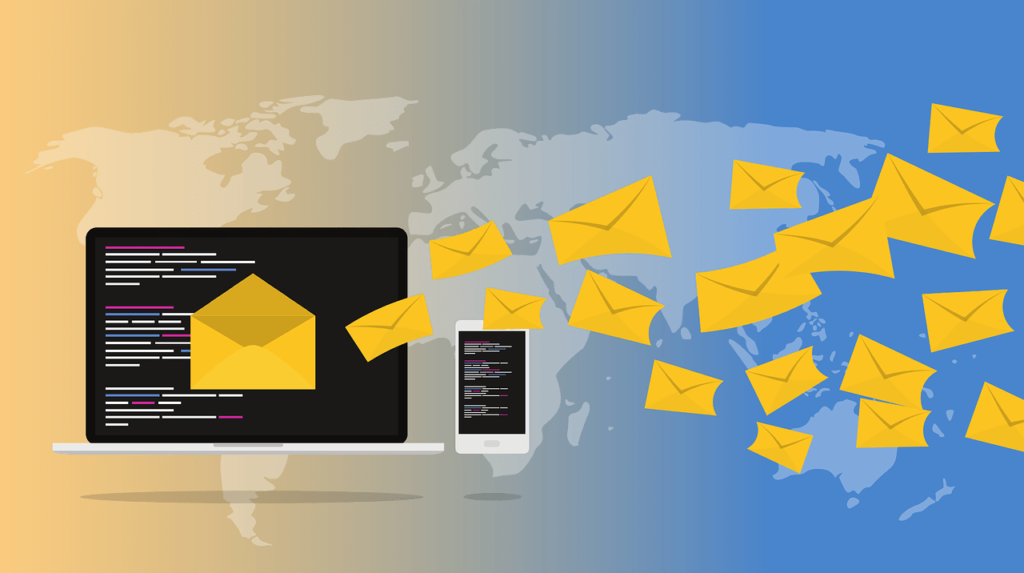
Collecting Data for Audience Segmentation
To effectively segment your audience, you need to collect relevant data that will help you understand their preferences and behaviors. There are several ways you can gather data, including:
1. Sign-up Forms
Include fields in your sign-up forms that capture important information about your subscribers, such as their age, location, interests, and preferences. This data will help you create more targeted and personalized email campaigns.
2. Website Tracking
Use tracking tools such as Google Analytics to monitor your subscribers’ behavior on your website. By analyzing metrics such as page views, time spent on site, and click patterns, you can gain valuable insights into their interests and preferences.
3. Purchase History
If you have an e-commerce store, leverage purchase history data to segment your audience based on their past buying behavior. By identifying their preferences and purchase patterns, you can recommend relevant products or promotions in your emails.
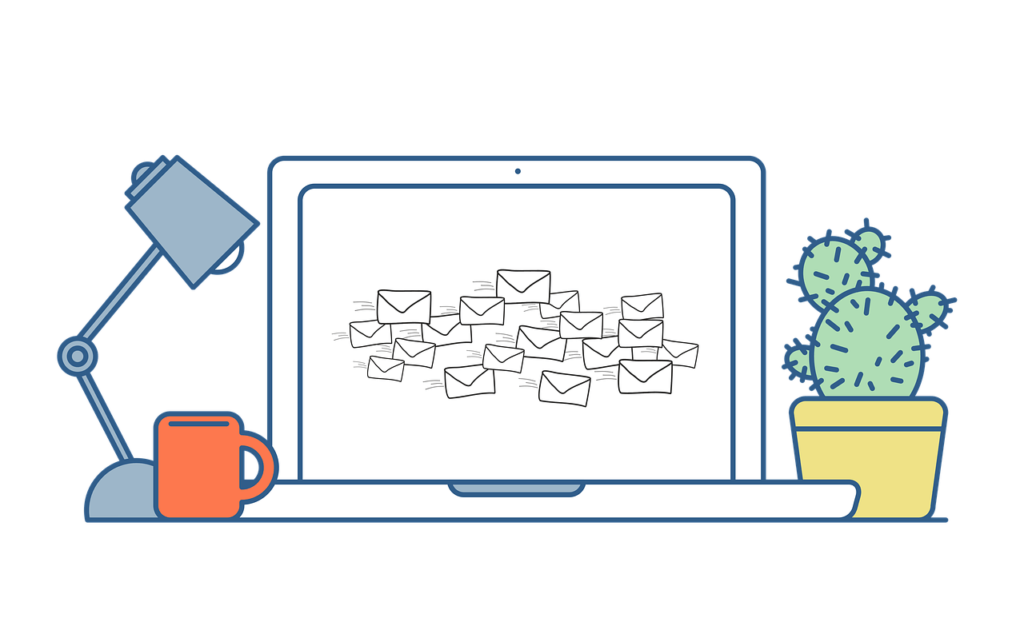
Creating Audience Segments
Once you have collected enough data, it’s time to create audience segments based on common characteristics and behaviors. Here are some common ways to segment your audience:
1. Demographic Segmentation
Divide your audience based on demographic factors such as age, gender, income, education level, and occupation. This type of segmentation allows you to create content that appeals to specific demographic groups.
2. Behavioral Segmentation
Segment your audience based on their behavior, such as their interactions with your emails, website, or social media channels. By understanding their actions and preferences, you can send targeted and relevant content that encourages engagement.
3. Psychographic Segmentation
Psychographic segmentation involves dividing your audience based on their lifestyle, interests, values, and personality traits. This type of segmentation helps you create more personalized and compelling content that resonates with your subscribers on a deeper level.
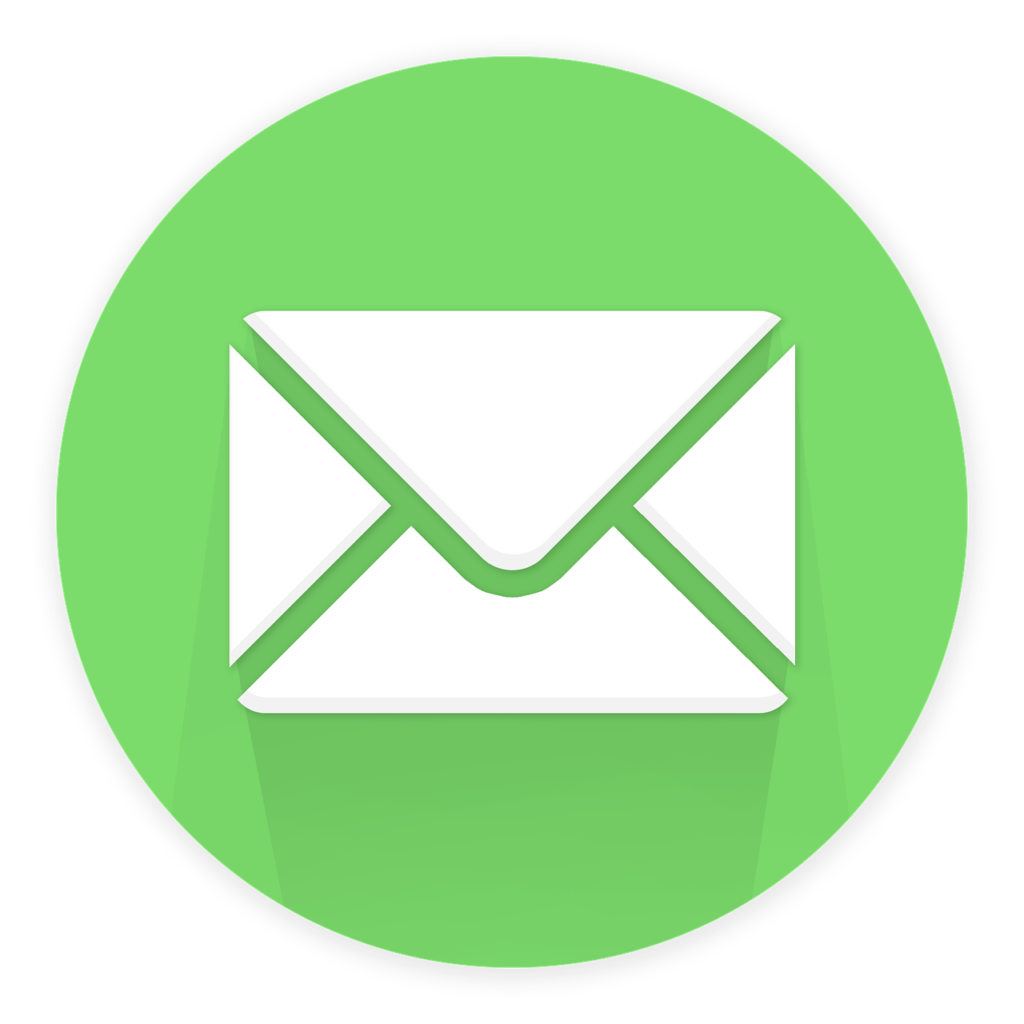
Personalizing Email Content
Once you have segmented your audience, it’s time to personalize your email content based on the characteristics and behaviors of each group. Here are some strategies for creating personalized emails:
1. Dynamic Content
Use dynamic content blocks to display personalized content based on the recipient’s preferences or behavior. For example, recommend products based on their past purchases or show content that aligns with their interests.
2. Personalized Subject Lines
Personalize your email subject lines by including the recipient’s name or referencing their recent interactions with your brand. Personalized subject lines can significantly improve open rates and engagement.
3. Tailored Recommendations
Provide tailored product recommendations based on the recipient’s purchase history or browsing behavior. By suggesting products that align with their interests, you can increase the likelihood of conversion.
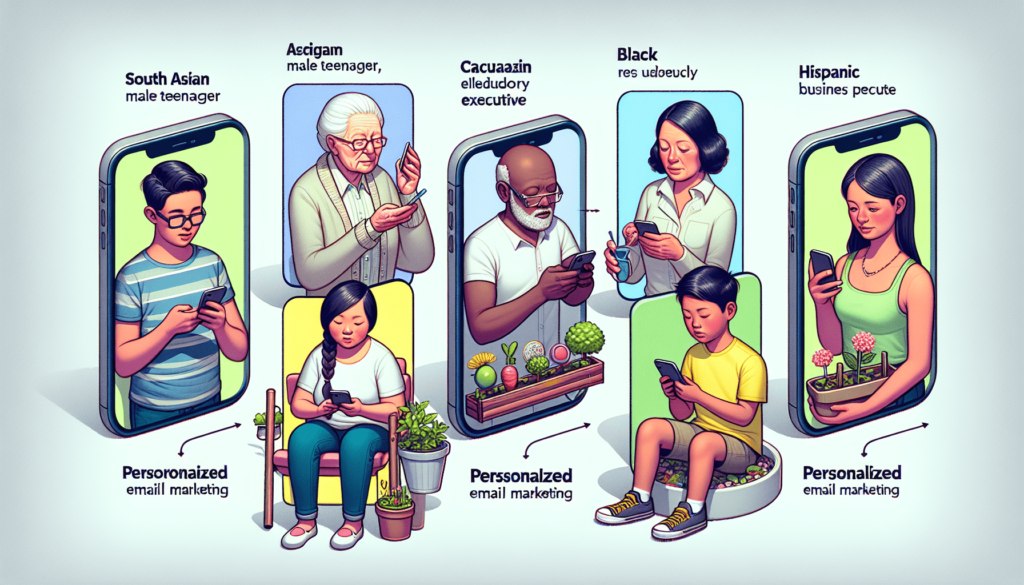
Optimizing Email Campaigns
To ensure the success of your personalized email campaigns, it’s essential to optimize your email campaigns based on the performance metrics and feedback you receive. Here are some best practices for optimizing your email campaigns:
1. A/B Testing
Conduct A/B tests on different elements of your emails, such as subject lines, copy, images, and calls to action. By testing different variations, you can identify what resonates best with each audience segment and refine your content accordingly.
2. Monitor Performance Metrics
Regularly monitor key performance metrics such as open rates, click-through rates, conversion rates, and unsubscribe rates. By analyzing these metrics, you can identify trends and patterns that will help you improve the effectiveness of your email campaigns.
3. Solicit Feedback
Encourage your subscribers to provide feedback on your emails by including surveys or feedback forms in your emails. By listening to their feedback and suggestions, you can make informed decisions on how to optimize your email campaigns for better results.

Conclusion
Personalizing your emails for different audience segments is a powerful strategy for improving engagement, conversions, and overall success of your email marketing campaigns. By understanding your audience, collecting relevant data, creating audience segments, and personalizing your email content, you can create more targeted and effective campaigns that resonate with your subscribers. Start implementing these strategies today and see the impact of personalized emails on your email marketing efforts.
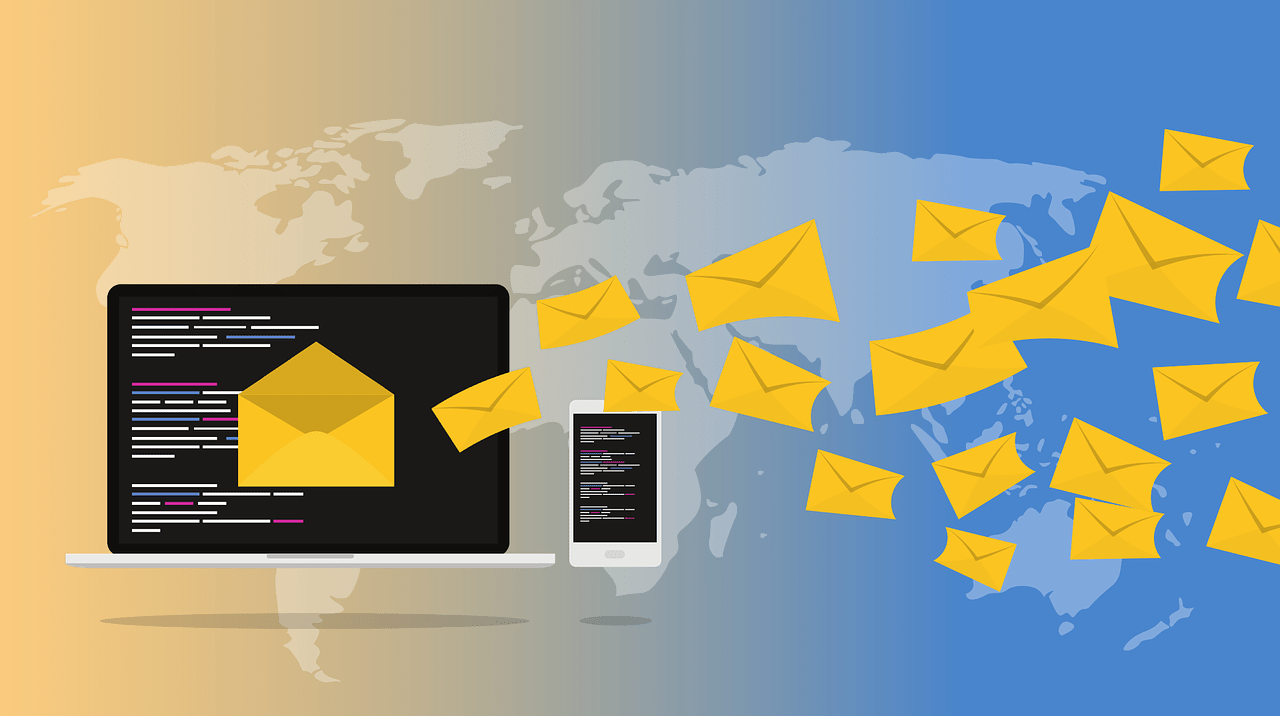
Comments are closed